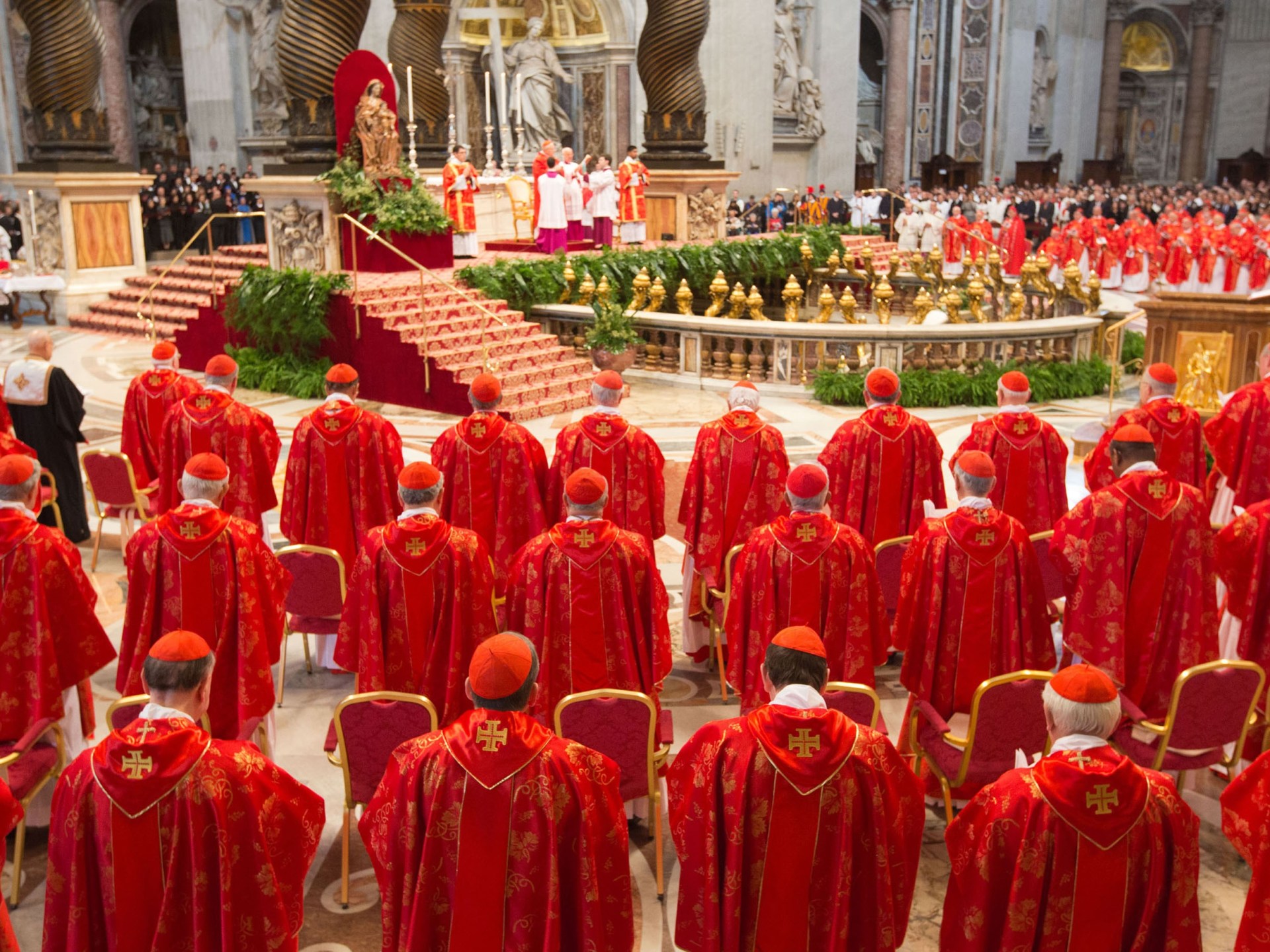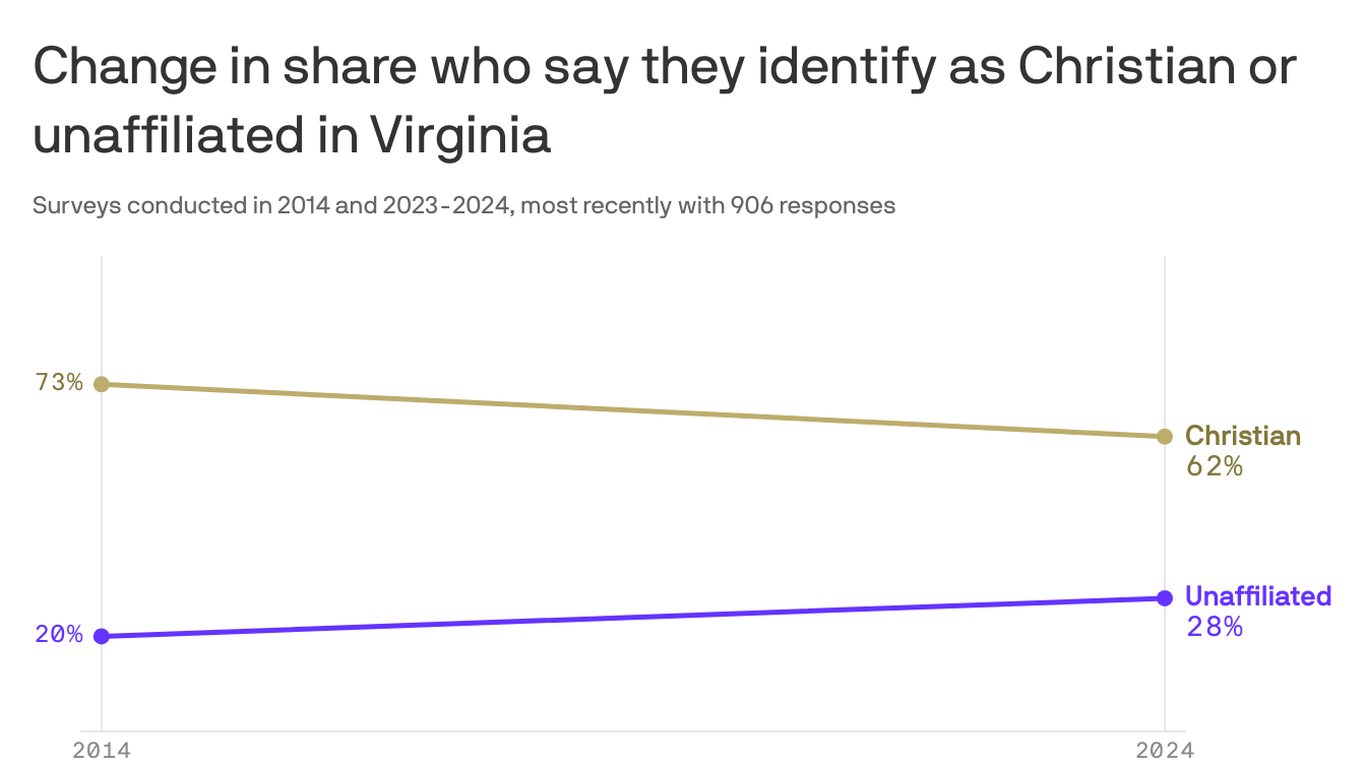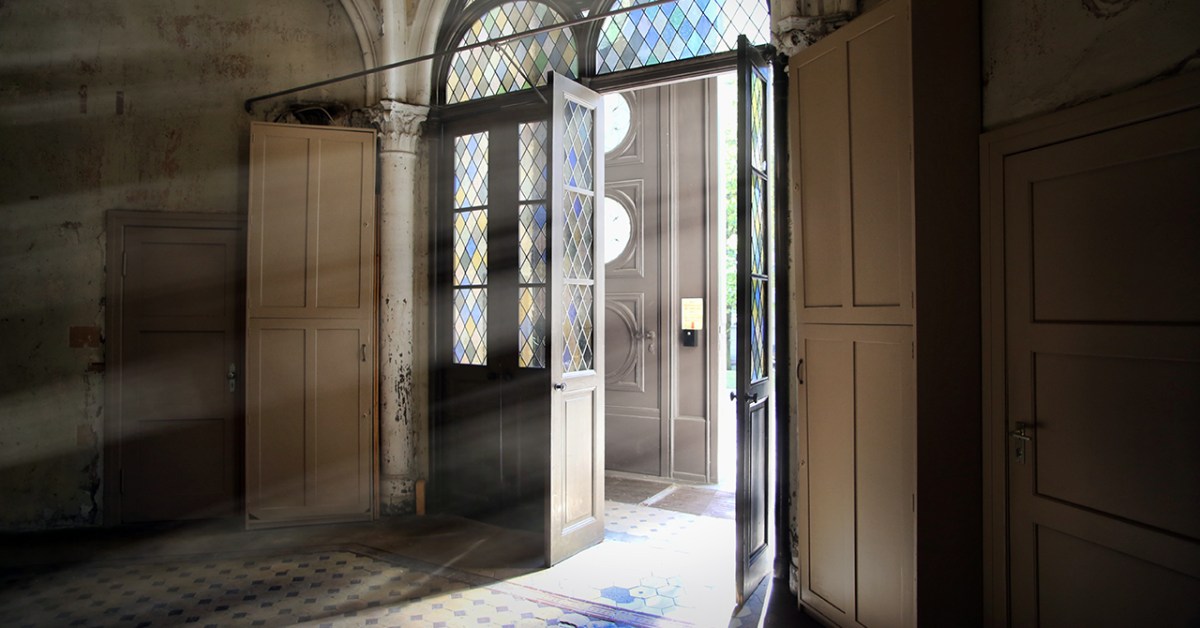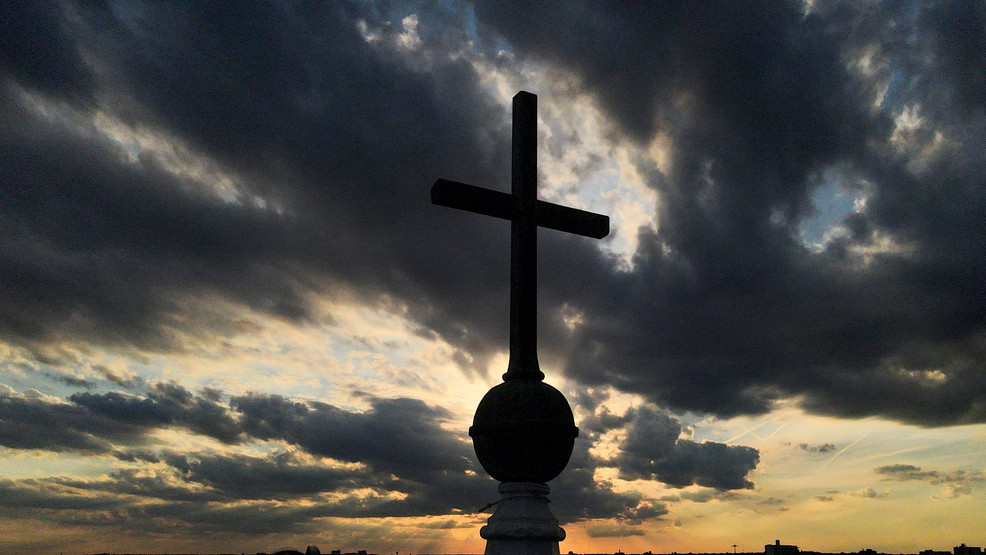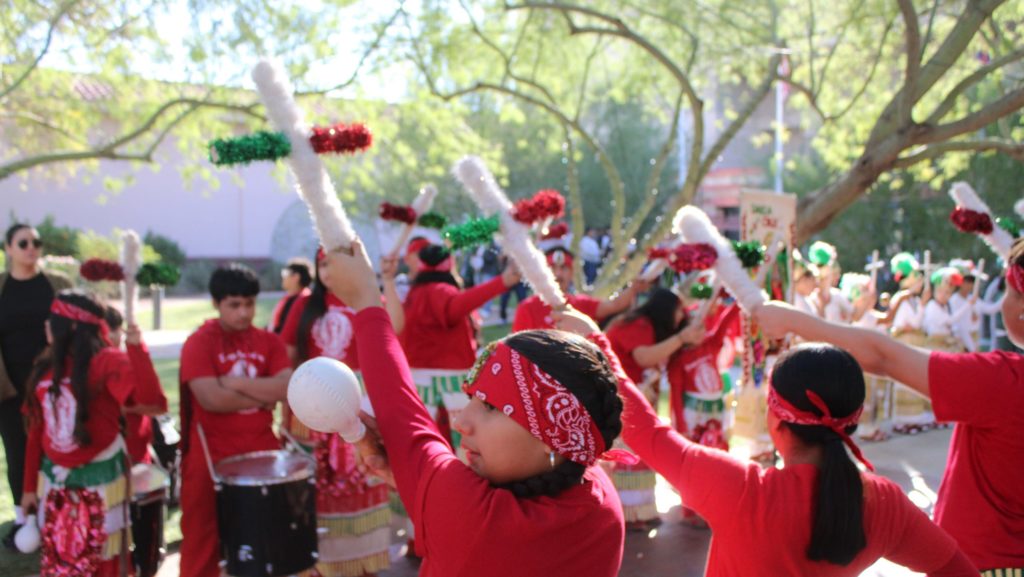Faith, Classrooms, and Controversy: Oklahoma's School Prayer Showdown
Religion
2025-04-06 11:47:22Content
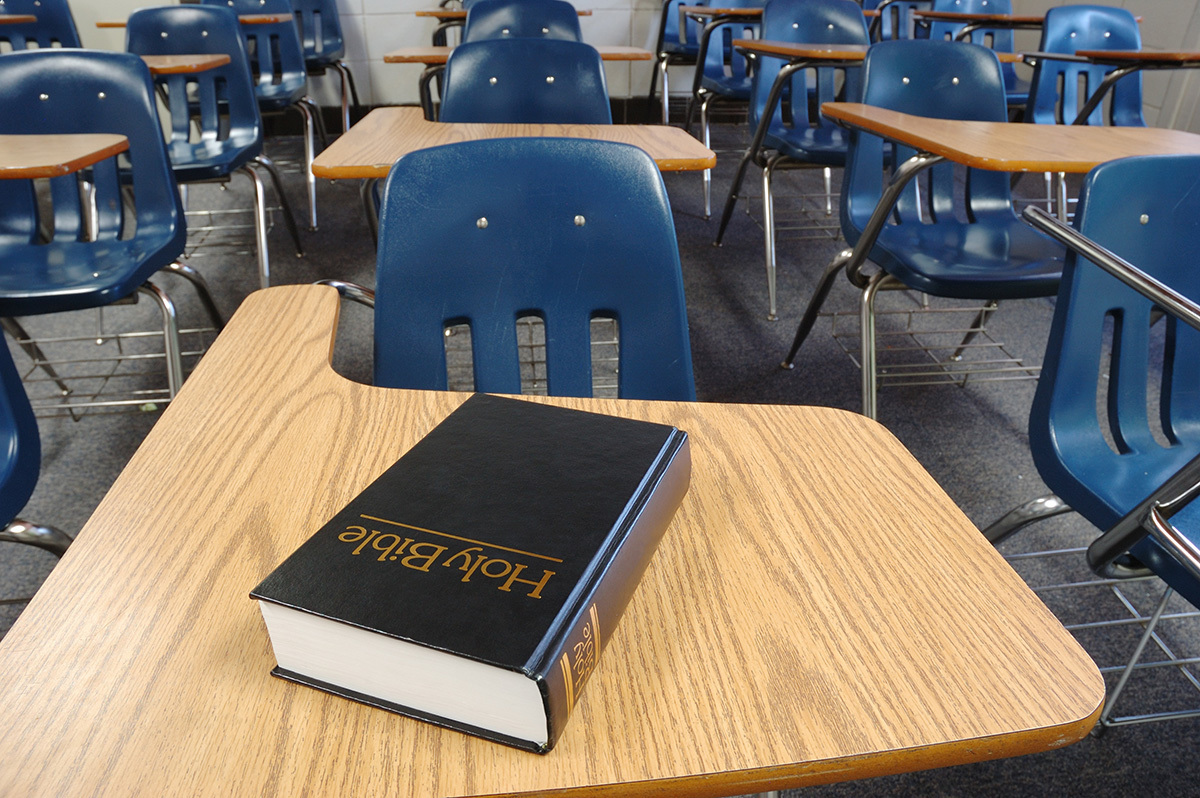
The First Amendment was never intended to silence religious expression or push faith into the shadows of private life. Instead, it was designed to protect religious freedom and prevent government from establishing or restricting religious practice. Far from creating a sterile, godless public square, the amendment ensures that diverse religious perspectives can coexist and contribute to the rich tapestry of American civic discourse.
The founders recognized that faith plays a vital role in community life, understanding that religious beliefs and values are an integral part of personal and collective identity. They sought to prevent the government from dictating religious practice or suppressing religious voices, not to create a stark separation that would marginalize spiritual expression.
Today, the First Amendment continues to serve as a powerful safeguard, allowing individuals and communities to express their religious beliefs openly while maintaining a respectful, inclusive environment that honors the diverse spiritual landscape of our nation.
Defending Religious Expression: The First Amendment's True Intention in Modern America
In the complex landscape of constitutional rights, the First Amendment stands as a beacon of freedom, protecting not just speech, but the fundamental right of religious expression in public spaces. Far from being a tool to marginalize faith, this constitutional cornerstone represents a nuanced approach to maintaining the delicate balance between government neutrality and individual spiritual beliefs.Protecting Faith's Voice in the Public Sphere: A Constitutional Imperative
Historical Context of Religious Liberty
The Founding Fathers envisioned a society where religious expression would not be suppressed but rather celebrated as a fundamental human right. Their profound understanding recognized that true freedom encompasses the ability to articulate one's spiritual convictions without fear of governmental persecution or societal marginalization. The First Amendment was never intended to create a sterile, faith-free public environment, but instead to prevent the establishment of a state-mandated religion while simultaneously protecting individual religious freedoms. The constitutional framework deliberately crafted a nuanced approach that allows diverse religious perspectives to coexist harmoniously. By preventing the government from establishing an official state religion, the amendment simultaneously protects the rights of individuals to express their spiritual beliefs openly and without constraint.Misinterpretations of Secular Space
Contemporary debates often mischaracterize the First Amendment's intent, erroneously suggesting that religious expression should be completely eliminated from public discourse. This fundamental misunderstanding undermines the original constitutional vision of inclusive dialogue and respectful engagement across different belief systems. Religious expression is not about imposing beliefs but creating spaces where diverse perspectives can be shared, understood, and appreciated. The amendment protects this delicate ecosystem of intellectual and spiritual exchange, ensuring that no single perspective dominates or suppresses alternative viewpoints.Constitutional Protections in Modern Context
In today's increasingly diverse society, the First Amendment's principles become even more critical. Religious freedom extends beyond traditional institutional boundaries, encompassing individual rights to express spiritual beliefs in educational, governmental, and community settings. The constitutional safeguards are not about silencing faith but about creating equitable platforms where multiple perspectives can coexist. This approach recognizes that spiritual beliefs are deeply personal yet fundamentally important to individual and collective identity.Balancing Neutrality and Expression
The delicate balance between governmental neutrality and individual religious expression requires continuous thoughtful interpretation. Courts and legislators must navigate complex terrain, ensuring that no religious group receives preferential treatment while simultaneously protecting the right to authentic spiritual expression. This nuanced approach demands ongoing dialogue, mutual respect, and a commitment to understanding the multifaceted nature of religious liberty. The First Amendment serves not as a barrier but as a bridge, facilitating meaningful conversations about belief, identity, and shared human experiences.Practical Implications for Contemporary Society
Understanding the First Amendment's true intent requires moving beyond simplistic interpretations. Religious expression is not about dominance but about creating inclusive spaces where diverse perspectives can be articulated, heard, and respected. Educational institutions, governmental bodies, and community organizations play crucial roles in implementing these constitutional principles. By fostering environments of genuine dialogue and mutual understanding, we honor the Founding Fathers' vision of a society built on principles of liberty, respect, and individual freedom.RELATED NEWS
Religion

Faith, Education, and Law Collide: Supreme Court Weighs Landmark Charter School Religious Freedom Case
2025-05-04 04:15:32
